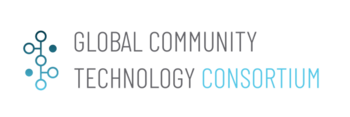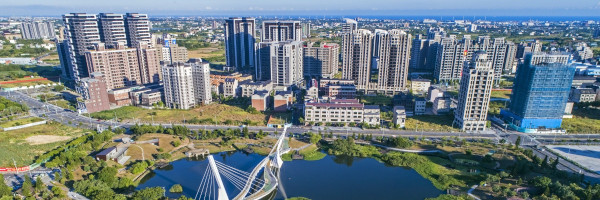Taoyuan City Water Resources Information System
| Taoyuan City Water Resources Information System | |
|---|---|

| |
 Taoyuan City Water Resources Information System | |
| Team Organizations | Feng Chia University |
| Team Leaders | Chen-Wuing Liu Jimmy Chou |
| Participating Municipalities | Taoyuan Taiwan |
| Status | Launched |
| Document | None |
Description
The core value of the System is to protect life and properties of people. The major purpose of developing the System is to apply technology of Smart Disaster Prevention and Internet of Things (IoT), and to build a resilient and sustainable city.
Challenges
The Dept. of Water Resources, Taoyuan City (DWRT) is responsible for the management and administration of water resources and water conservancy facilities in Taoyuan City. DWRT runs the Emergency Operation Center during heavy rainfall and typhoon events, and collect disaster information of flooding and debris flows. DWRT manages to allocate resources and rescue response for disasters.
Solutions
DWRT actively promotes the Water Resources Information App to the citizens, from which the citizens can obtain rich content about disaster alerts, locations, status of rescue, etc. Citizens are encouraged to adopt self-protection in regard to disaster response. Therefore, the city can become resilient to hazards, and sustainable as a modern Smart City.
Major Requirements
DWRT developed the Water Resources Information System and set up the Water Resources Information Center in 2015. The Center integrates disaster information and resources from every available local agencies. The information is managed and shared through a common platform, and can be accessed by every responsible units. The system assists the Center in repose to disaster evaluation, resource allocation, emergency response, and alerts. The system greatly help the workers and officials during disaster response, providing real-time spatial data and local conditions for rescue and evacuation. The integrated service and management of Center has been considered as a reliable and effective platform, and aids to reduce the cost of time and materials during disaster response.
Performance Targets
| Key Performance Indicators (KPIs) | Measurement Methods |
|---|---|
|
DWRT actively sends out the disaster alerts to the general public, and the local officials report online the conditions of flood and broken roads or bridges. People can access to the latest disaster information from the web site. Same service and information are available to people via the Water Resources Information App, such that anyone can be alerted anytime at any place. Therefore, the movement can effectively reduce the risk of damage and loss from disasters. |
TBD |
Standards, Replicability, Scalability, and Sustainability
The Water Resources Information System integrates the disaster response and protection information, resources, and units from every agency. Thought the platform, the information and news about a disaster can be accessed any time at any location. The decision support of the System assists the local government to manage the early warnings and emergent responses and resources, through an online dashboard and notice functions. The notice and warnings are managed directly on the System, and the disaster information from EMIC is accessed directly through the System. Any news about the disaster is push-notice and published online to local officials and people. The efficiency of disaster warning and preparation has been greatly increased with the help of System, and the spatial information is intuitively integrated and displayed online, making the System more resourceful and useful.
Cybersecurity and Privacy
TBD
Impacts
The system is designed using the latest HTML 5, and the integration interface to access various information from local agencies. The system platform of DWRT is mobile and prompted, providing the citizen a resourceful tool regarding disaster prevention and preparation. DWRT has been working on providing best service to its citizen, and looked forward to build a sustainable city in Taoyuan.
Demonstration/Deployment
- Phase I: 2015-2017
- More than 60 water-level monitoring stations realize real-time information about water regimen.
- Establish a mobile reporting mechanism of disastrous situation.
- Develop App to serve the public, imported LBS Technology for detecting spatial position and actively sending push notification to nearby users.
- Phase II: 2018-2020
- Realize water information comprehensively.
- Provide evacuation information for the public.
- Improve administrative efficiency of governments.